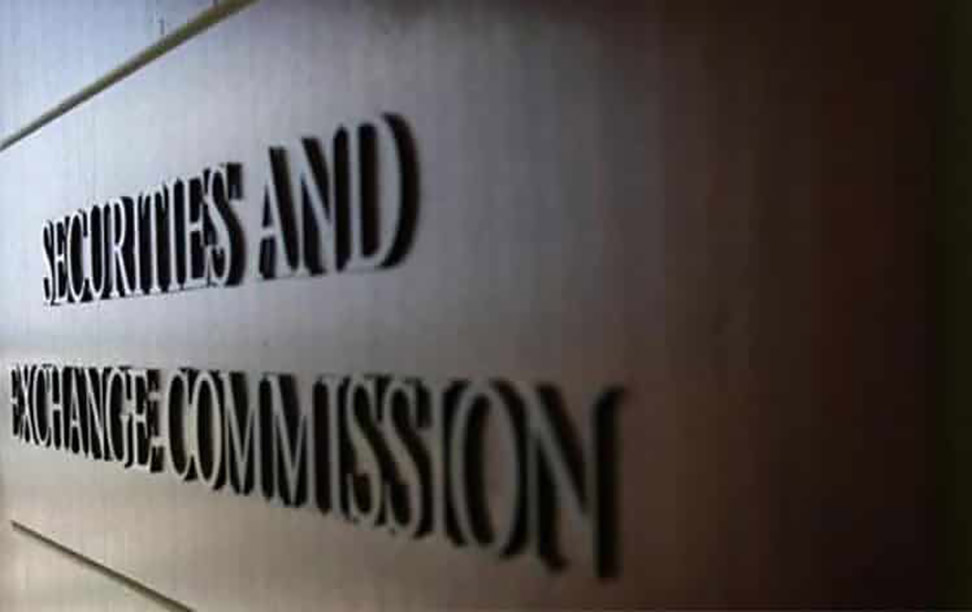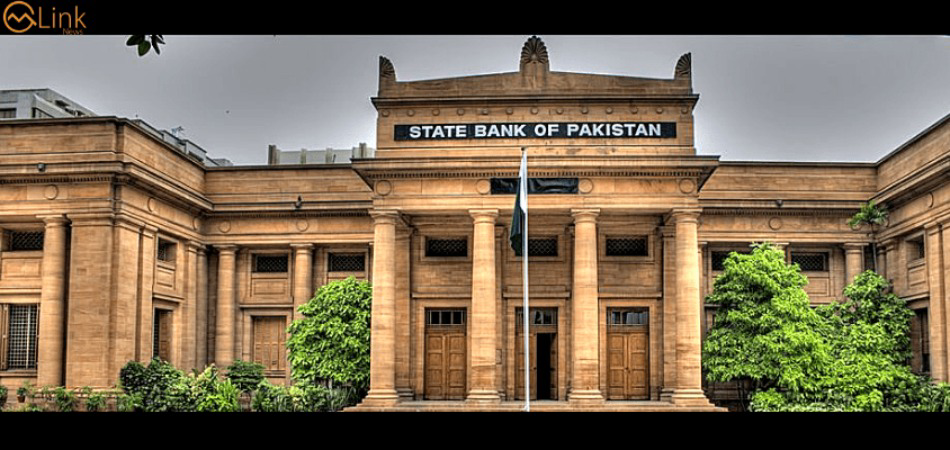Myriad imbalances on macro front have been reversed: IMF Report

MG News | December 24, 2019 at 02:42 PM GMT+05:00
December 24, 2019 (MLN): As the International Monetary Fund (IMF) has completed the first review of Pakistan’s Extended Fund Facility and has granted permission to modify performance criteria (for issuance of Sovereign Guarantees), a gaze at the IMF performance review of Pakistan reveals that the myriad imbalances on macro front have been reversed and the economy is moving towards the path of sustainable growth.
As per the remarks by a Mission Chief for Pakistan, Middle East and Central Asia Department Ernesto Ramirez Rigo, “all the performance criteria for the targets of the first quarter were met or exceeded, in particular, those on the external sector, foreign currency reserves and NDA, likewise on the fiscal side.”
Going by the detailed report on Pakistan’s performance review, in the 1QFY20, the external sector has improved significantly on the back of an orderly adjustment to a market-determined exchange rate as the current account deficit shrunk by almost two-thirds compared to Q1 FY 2019. Total imports fell by 23% YoY and at the same time, exports are showing some signs of recovery, up 2% YoY for the same period with 17% volume growth, mainly driven by food and textiles. However, Remittances are stagnating.
Within the external sector, the floor on net international reserves (NIR), ceiling on net domestic assets (NDA), ceiling on SBP's stock of net foreign currency swaps/forwards, ceiling on net government budgetary borrowing from the SBP, and ceiling on the general government primary budget deficit were met by wide margins. The ceiling on government guarantees was also observed and no external public payment arrears were incurred.
According to the report by Arif Habib Limited, Pakistan started the IMF program with negative USD8.05bn of foreign currency swaps. At Sep-end, the foreign currency swaps and futures stood at negative 6.7bn, which is lower than the target of USD8.05bn for Sep-end and even lower than Decembers target of negative USD7.5bn. Higher inflows into the country and lower current account deficit helped Pakistan retire its short positions in the foreign currency market. At Nov ending, the net foreign currency swaps stand at negative USD5.0bn.
On the fiscal side, the outturn was also strong after significant slippages in FY19 and the budgetary allocations to the Benazir Income Support Program (BISP) have been expanded.
In the Q1FY20, budget execution improved considerably, and the general government registered a primary surplus of 0.6% of GDP (measured from above-the-line) and an overall deficit of 0.6% of GDP, while in FY19, the government registered a primary deficit of 3.5% of GDP and an overall deficit of 8.9% of GDP, against its target of 1.8% and 7% respectively.
As per the IMF report, this overperformance was driven by stronger than expected non-tax revenues, accompanied by double-digit growth in tax revenue net of refunds. At the same time, due to import compression, customs receipts and other external sector-related taxes have suffered as they up only 6% YoY.
However, the report underscored that economic growth has slowed as per expectations, as the economy is adjusting to the new policies. But the reforms likely to entrench sustainable and robust growth as the Investor confidence has started returning, Inflation has started to stabilise and SBP has paused its rate hike cycle.
Besides these accomplishments, the report further highlighted that five indicative targets (ITs) for end-September were missed. These include;
- The IT on targeted cash transfers spending was missed but is expected to be corrected by end-December.
- The ITs on net accumulation of tax refund arrears and power sector arrears were also missed, but with the newly proposed ITs they are on track to be met by end-December.
- Spending on health and education came in short of the target as, at the time the target was set, only very preliminary estimates of FY 2019 expenditures on health and education were available, especially at the provincial level. Since the actual outturns turned out to be significantly lower,
- The IT on health and education has been revised accordingly to reflect the authorities' spending capacity.
- Net tax revenues collected by the Federal Board of Revenue (FBR) was also missed due to lower than expected customs receipts that have been negatively affected by the faster-than-expected external adjustment.
Nevertheless, the authorities remain strongly committed to all the objectives of the program, as IMF Mission Chief for Pakistan said “We are now at the stage in the program where we move to the area of structural reforms. These ones are really important to build an institutional framework for the country so that there is no repetition of the boom-bust cycles of the past”.
He further highlighted three areas where it is important that things continue to progress. One, the quality of the fiscal adjustment, as the improvement in the fiscal account has already been started on the fiscal accounts, it is very important that this improvement is based on better underpinning for it to be permanent.
Likewise, there is need for the NEPRA Legislation, that is regulators for the energy sector, to have more automaticity and the capacity to implement when necessary (inaudible) to support the reduction in circular debt.
That's something that is a benchmark for the end of December, and we look forward to looking at those reforms, he said.
The third is the independence of the Central Bank, and the submitted legislation is now a structural benchmark for March, he added.
Copyright Mettis Link News
Related News
| Name | Price/Vol | %Chg/NChg |
|---|---|---|
| KSE100 | 134,299.77 290.06M |
0.39% 517.42 |
| ALLSHR | 84,018.16 764.12M |
0.48% 402.35 |
| KSE30 | 40,814.29 132.59M |
0.33% 132.52 |
| KMI30 | 192,589.16 116.24M |
0.49% 948.28 |
| KMIALLSHR | 56,072.25 387.69M |
0.32% 180.74 |
| BKTi | 36,971.75 19.46M |
-0.05% -16.94 |
| OGTi | 28,240.28 6.19M |
0.21% 58.78 |
| Symbol | Bid/Ask | High/Low |
|---|
| Name | Last | High/Low | Chg/%Chg |
|---|---|---|---|
| BITCOIN FUTURES | 118,140.00 | 119,450.00 115,635.00 |
4270.00 3.75% |
| BRENT CRUDE | 70.63 | 70.71 68.55 |
1.99 2.90% |
| RICHARDS BAY COAL MONTHLY | 97.50 | 0.00 0.00 |
1.10 1.14% |
| ROTTERDAM COAL MONTHLY | 108.75 | 108.75 108.75 |
0.40 0.37% |
| USD RBD PALM OLEIN | 998.50 | 998.50 998.50 |
0.00 0.00% |
| CRUDE OIL - WTI | 68.75 | 68.77 66.50 |
2.18 3.27% |
| SUGAR #11 WORLD | 16.56 | 16.60 16.20 |
0.30 1.85% |
Chart of the Day
Latest News
Top 5 things to watch in this week
Pakistan Stock Movers
| Name | Last | Chg/%Chg |
|---|
| Name | Last | Chg/%Chg |
|---|



